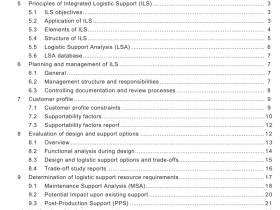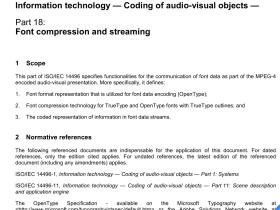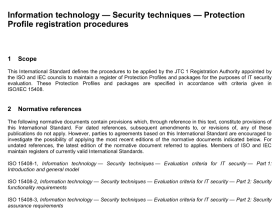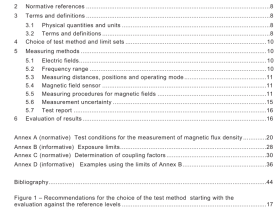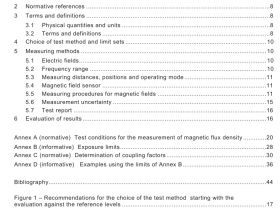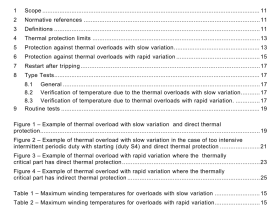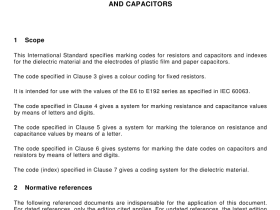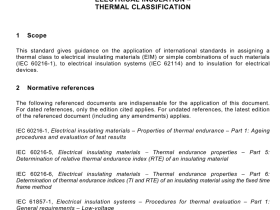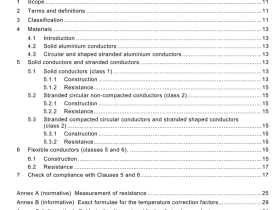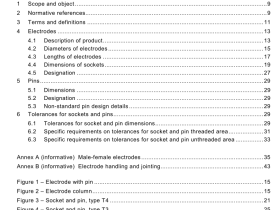IEC TR 62662 pdf download
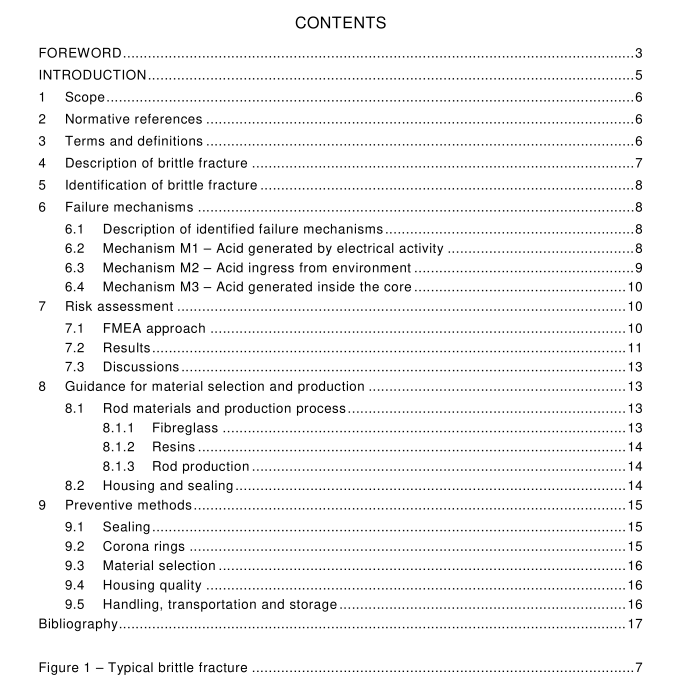
IEC TR 62662 pdf download Guidance for production, testing and diagnostics of polymer insulators with respect to brittle fracture of core materials
5 Identification of brittle fracture The macroscopic features associated with the brittle fracture of an FRP core rod have been described by CIGRE [2] 1 . A typical brittle fracture is shown in Figure 1 . The fracture surfaces typically have the following characteristics:
• a smooth, clean, planar surface perpendicular to the core axis, comprising a portion of the rod cross-section. Multiple failure planes separated by axial delamination may be present;
• normal tensile fracture (fibrous) in the remaining rod cross-section.
In addition to these macroscopic features, confirmation of the brittle fracture mechanism is possible through the identification of several distinctive features of the fracture surface of the individual glass fibres using scanning electron microscopy [3].
• The mirror zone is a smooth region perpendicular to the fibre axis that includes the stress corrosion initiation site for the individual fibre and may cover from <1 0% to >90% of the fibre cross-section.
• The hackle zone is a rough region on the fibre fracture surface that failed mainly due to mechanical stresses.
• The mist zone is a transition zone between the mirror and hackle zones and is intermediate in roughness. Chemical analysis techniques to show the change in the glass chemistry due to the ion exchange mechanism may also be used as confirmation of the brittle fracture mechanism, see [2], [4], [5], and [6].
6 Failure mechanisms
6.1 Description of identified failure mechanisms For the time being, three failure mechanisms have been identified and are well described in recent literature [7], [8], and [9]. The final physical-chemical mechanism is stress corrosion cracking (SCC) which leads to “brittle fracture” of the FRP core. The initiation of SCC requires the presence of acid in direct contact with the FRP core material for all mechanisms. The way in which this acid appears on or inside the FRP core material can be differentiated into the following three mechanisms.
NOTE Other mechanisms are currently under study, for example, crevice corrosion. The mechanisms are not yet sufficiently investigated to be included in this technical report. However, all require the presence of water (moisture).
6.2 Mechanism M1 – Acid generated by electrical activity This mechanism is characterized by acid generation by internal and/or external electrical discharges with the acid being finally the root cause for stress corrosion of the FRP core material and the resulting brittle fracture of the FRP core.
